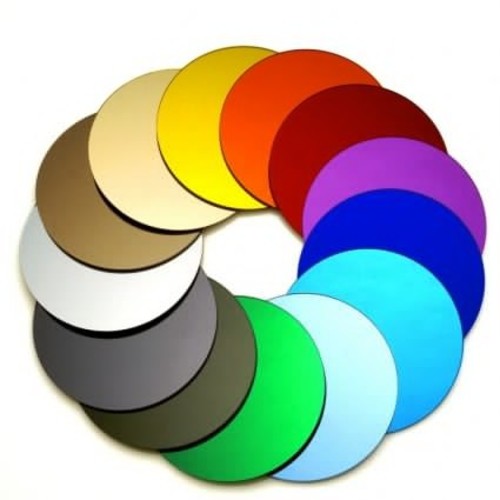When it comes to mirrors, the traditional choice has always been glass.
However, as materials technology advances, acrylic mirrors have become a popular alternative. Acrylic mirrors offer a range of advantages and are often used as a replacement for glass in a variety of applications. In this article, we will explore the differences between acrylic mirrors and glass mirrors and discuss whether you can use an acrylic mirror instead of a glass mirror.
Traditional glass mirrors have been used for centuries, providing clear reflections and an elegant feel to any space. Glass mirrors are usually made by coating one side of a glass plate with a reflective material, such as aluminum or silver. While glass mirrors offer excellent clarity, they break easily and can be quite heavy, making them difficult to handle and transport. Additionally, the edges of glass mirrors can be sharp and dangerous if not handled carefully.

Acrylic mirrors, on the other hand, are made from a plastic called polymethylmethacrylate (PMMA). Acrylic mirrors are made by applying a thin metallic coating to one side of an acrylic sheet. One of the main advantages of acrylic mirrors is their light weight. Acrylic mirrors are much lighter than glass mirrors, making them easier to handle and install. This makes acrylic mirrors a more practical choice for applications such as wall mirrors, furniture, decorative pieces, and even outdoor installations.
Another unique feature of acrylic mirrors is their impact resistance.
Acrylic is known for its better durability and impact resistance than glass. Unlike glass mirrors, which shatter into sharp shards on impact, acrylic mirrors are less likely to shatter. This makes them a safer option, especially in spaces with a higher risk of accidents, such as children's rooms or high-traffic areas.
While acrylic mirrors offer many advantages, their limitations must also be considered. One potential disadvantage of acrylic mirrors is that they are easily scratched. Acrylic is softer than glass and can be scratched easily if not handled with care. However, there are some anti-scratch coatings that can help minimize the risk of scratches on your acrylic mirror.
Additionally, acrylic mirrors may not provide the same level of clarity and reflectivity as glass mirrors. While acrylic mirrors provide acceptable reflection for most applications, they may lack the same level of sharpness and clarity as traditional glass mirrors. Consider this if you need high-precision reflections, such as in a professional setting such as a salon or studio.
In summary
The choice between acrylic mirrors and glass mirrors ultimately depends on the specific requirements of your application. Acrylic mirrors offer many advantages, such as being lightweight, impact-resistant, and versatile. However, they may not provide the same level of clarity and reflectivity as glass mirrors. If you prioritize durability, safety and ease of operation, acrylic mirrors can be a suitable alternative to glass.
Post time: Oct-13-2023
